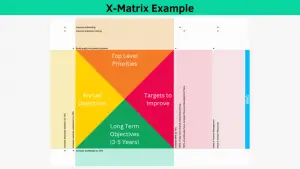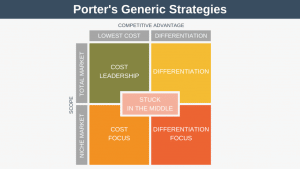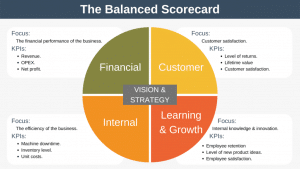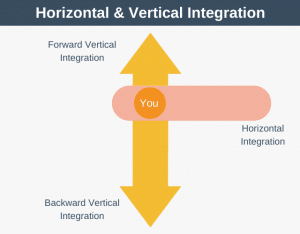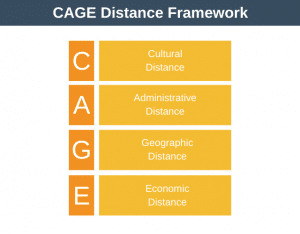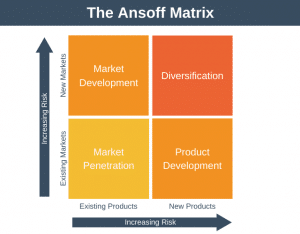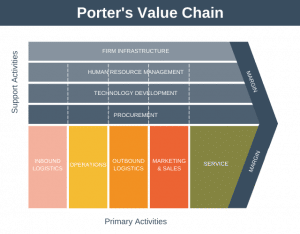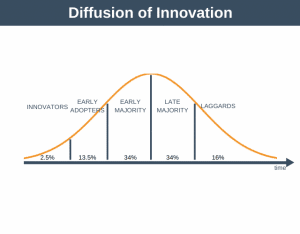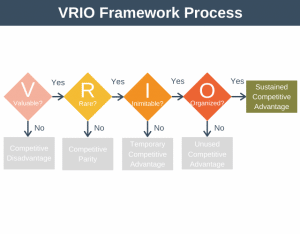The Internet is a place where costs to provide services are falling so fast that it offers the opportunity to offer services for free.
One traditional approach to free is to simply let you know what you could be missing, which is how this broadband speed checker with BT works. It allows you to visualise just how much better your Internet connection could be if you’d try their service.
Another example of free as a business model is Skype. Here computer-to-computer calls are free. This is made possible because the cost structure for Skype has significantly less investment required than that of a traditional telephone operator. Users only pay if they want to actually call a mobile number. The model is similar to the following example in that having lots of people making use of the free service is a cornerstone of the business model.
Probably the best example of free as a business model is provided by the leading western search engine, Google. Google offers the opportunity for billions of people around the world to search the internet for free. You want to find someone to fix a wall, you use google. You want to research some detail of project management, you use google. The cost for this? $0.00.
One thing you might not have thought about is the fact that providing this service for free is critical to Google’s business model. In fact, the more free users Google has the more money its going to make. How Google makes money is by charging advertisers to appear on a search results page.
Another nuance to this is that advertisers will only advertise when the the search term is related to the products they sell. So searching for “LCD televisions” will result in many adverts, whereas searching on a more obscure topic might even result in zero ads. From Google’s perspective, these searchs without purchasing intent are actually loss-leaders – Google makes no money from these searches but as long as they keep using Google they will eventually perform a search that does make Google some money.
* Image by Brad Stabler

